Uncategorized
-
 Animals
AnimalsClimate change now bigger menace than forest loss for snowshoe hares
Shorter snow seasons push climate change ahead of direct habitat loss as menace for Wisconsin snowshoe hares.
By Susan Milius -
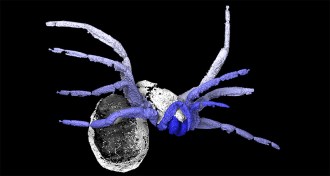 Animals
AnimalsAncient arachnid was almost a spider
A newly discovered ancient arachnid might offer clues on spider origins.
-
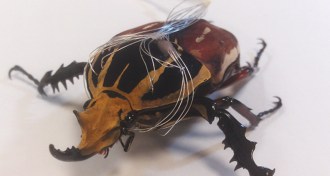
-
 Astronomy
AstronomyEarth’s hurricanes have nothing on this quasar
In a remote galaxy, a cosmic hurricane around a supermassive black hole is driving winds at nearly 20 percent of the speed of light.
-
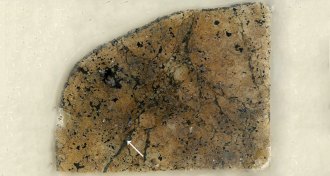 Earth
EarthOne of Earth’s missing minerals found locked inside meteorite
Scientists have discovered the last undiscovered dense mineral of the pyroxene group in a meteorite.
-
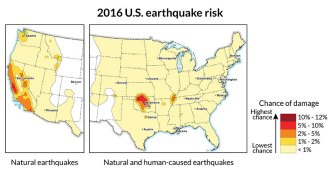 Earth
EarthQuake risk in parts of central U.S. as high as in fault-filled California
A new report from the U.S. Geological Survey shows an increased earthquake hazard from human activities such as the disposal of fracking wastewater.
-
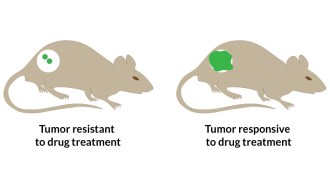 Health & Medicine
Health & MedicineCancer killers send signal of success
Newly designed nanoparticles deliver anticancer drugs and updates on tumor death.
-
 Earth
EarthBeware of rockfalls in warm weather
Cracks in cliff faces grow and shrink as temperatures warm and cool, new research shows.
-
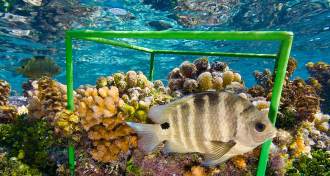 Science & Society
Science & SocietySee life in a cubic foot, visit Roman artifacts, and more to do
New and upcoming exhibits celebrate biodiversity, birds’ dinosaur origins, opulence in ancient Rome, and more.
-
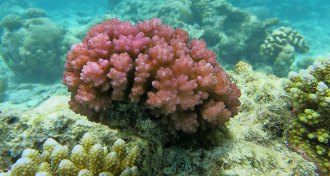
-
 Climate
ClimateOrganic molecules help fatten cloud-making water droplets
Cloud-forming water droplets can grow larger thanks to organic molecules on the exterior of the drop, new research suggests.
-
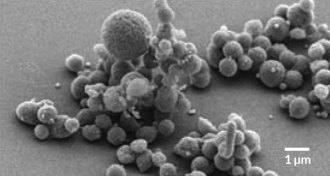 Genetics
GeneticsScientists build minimum-genome bacterium
Minimal genome organism reveals how much scientists don’t know about biology.